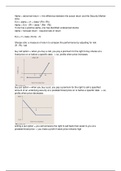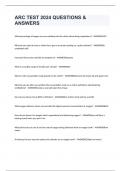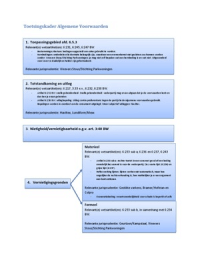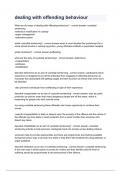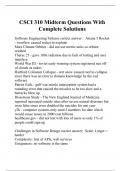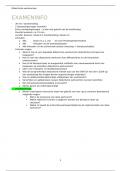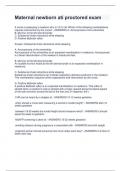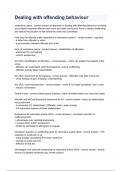College aantekeningen
Summary: Investment - Body, Kane, Marcus
Alle uitgeschreven colleges voor het behalen van de endterm over het boek Investment - Body, Kane, Marcus. Dit is geschreven voor het vak Investment Management voor de Universiteit Utrecht, voor de master Banking and Finance
[Meer zien]
